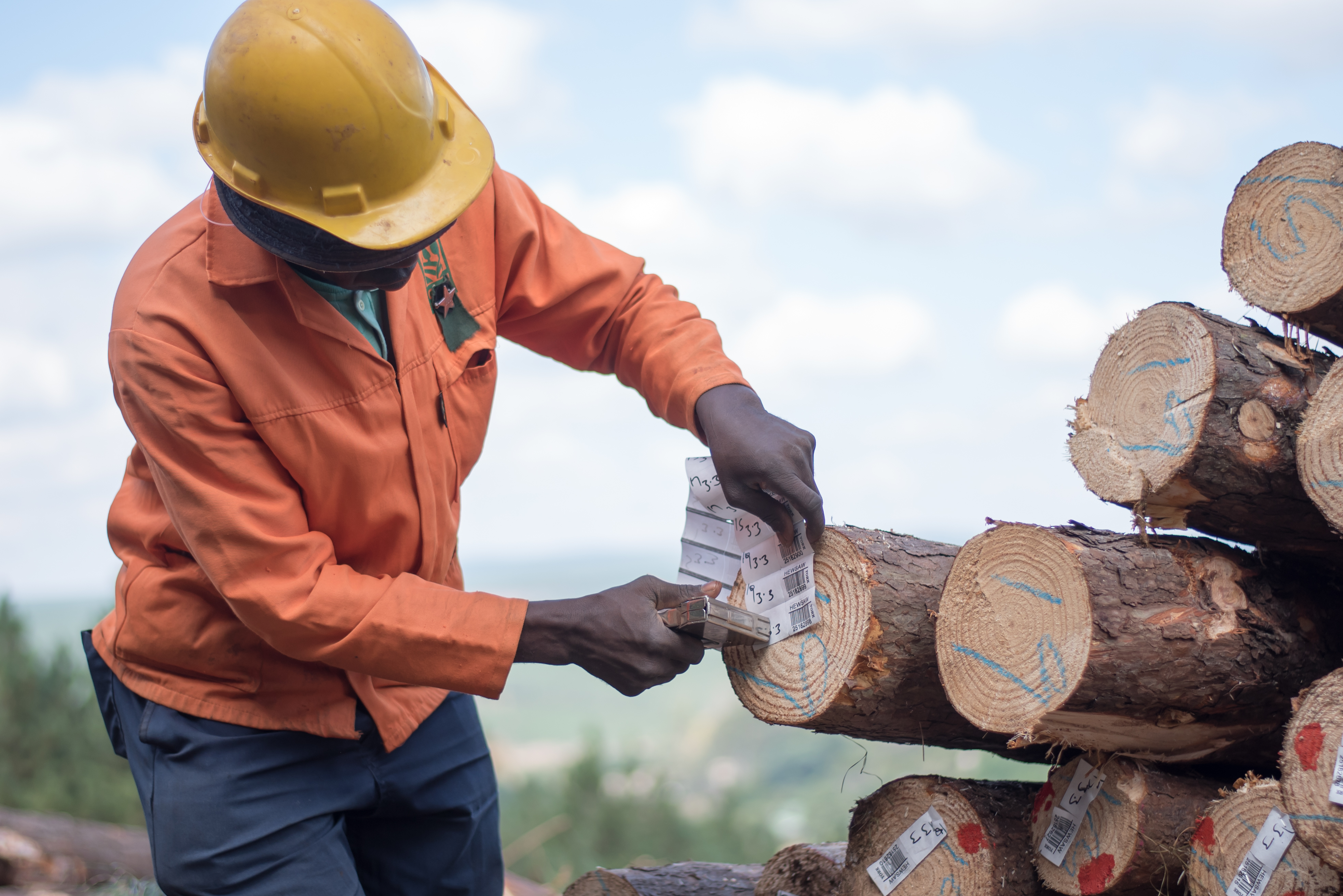SPONSORED CONTENT
Paper is part of our lives, whether we realise it or not

For those of us who live and breathe paper in its many forms, we see it everywhere: printing and writing paper, paper-based packaging as cardboard boxes or grocery bags or juice cartons, the toilet roll, labels, menus, napkins, passports, books and magazines. It’s in life’s many moments. As book-ends to our life on earth, it marks our entry as birth certificates, and similarly, confirms our departure.
The world is changing, and so is the way we use paper. But contrary to popular belief, society is far from being paperless.
A few months ago, the Paper Manufacturers Association of South Africa (PAMSA) conducted a survey to get a better understanding of how, when, and why people use paper and what they thought about it. Just less than 2,000 people responded.
What we learnt is that paper – in its countless forms – still holds a prominent place in people’s everyday lives, whether they realise it or not.
For many, office paper, books, school materials, magazines and newspapers are most commonly associated as paper. Paper bags, cardboard boxes, marketing leaflets, tissue and toilet paper scored far lower.

Not many people naturally associate the common toilet roll as a paper product they use every day. (Credit Devin Lester)
Against this, the survey found that 82% of respondents still use paper products in their daily lives. Only 5% reported using paper “very little”, and 0.2% said they did not use paper in their daily lives at all.
Since the early 2000s, the internet has been inundated with predictions of paper and print’s “obsolescence”. Decades later, both remain a staple part of our daily lives and South Africans believe that this will not change anytime soon. When asked if they believe print is dead, 55% of respondents disagreed.
Analogue versus Digital
Do you prefer the screen or the page? That has become one of the defining questions of recent times. Various forms of the debate come up around the braai, casual conversations and whenever it is time to print a receipt.
For the 1,976 people that participated in the survey, paper and print certainly have their place.
- Paper is for pleasure: When reading for fun, respondents preferred paper books and magazines to electronic versions. Just over 32% of participants read paper books, 22% read magazines and 11% enjoyed newspapers. In total, 65% of people who completed the survey preferred paper when reading for leisure.
- But our bookshelves need boosting: 80% of those who completed the survey admitted that they own 50 books or less with 39% owning between 10 to 50 and only 8.6% reporting that they own more than 100.

80% of survey respondents said they own 50 books or less. (Photo: Devin Lester)
- Print news is still alive and kicking: Just under a quarter of respondents still get their daily news from newspapers only, while 33% of the participants say they rely on a combination of newspapers and news websites.
- Consumers need information about products: A significant 87% of people agreed that both labelling and printing on packaging are important to them.
“These insights are great news for our sector, which has been championing the versatility, renewability, and recyclability of paper through awareness, advocacy and education programmes,” notes Molony.
Squashing the myths
Just over 64% of respondents correctly believe that paper is sustainably produced in South Africa and some 85% understand paper to be a renewable resource. However, 65% of the respondents believe that electronic communication such as sending emails and reading online is greener than paper, while 30% responded that it depends on the purpose.
This shows us that there is a disconnect between people recognising that paper is a sustainable material, but believing that all trees need to be kept in the ground to help our planet. Myths around paper production causing deforestation still abound.

Trees grown for commercial and productive purposes are harvested at the required intervals, and replanted with new trees within 12 months. (Credit: Forestry South Africa)
There is a misconception that reducing paper consumption will help save the planet – an idea seen most often in office-based paperless initiatives that are promoted as being greener or as a means to reduce carbon footprints.
It is too easy to ignore the impact of our digital lives – because we don’t see the effect of the energy required to power “the cloud”, nor the electricity consumption it takes to store files in the cloud. The burgeoning e-waste problem as technology becomes obsolete is, however, more overt.
Deforestation and forestry are not the same thing
Part of the problem is that people don’t understand how sustainable forestry – the industry that produces wood and paper products – works. They don’t realise that a recently felled plantation will be replanted with new trees within the same year. They don’t realise that the trees in plantations remove tonnes of carbon dioxide from the atmosphere and return it as oxygen. They also don’t realise that carbon remains stored in wood even after it’s been turned into pulp for papermaking, timber and other cellulose products. Many simply think that paper equals deforestation.
Sustainable forestry is the antithesis of deforestation. The latter is the removal of trees and natural forests without replanting, such as for some forms of agriculture and the development of housing estates, shopping malls and urban environments.

Sustainable forestry should not be associated with deforestation which is the removal of trees without replanting. (Photo: Mondi South Africa)
South Africa’s sustainable forestry centres around the circular approach of planting, growing, harvesting, and replanting fast-growing species. Wood for the country’s forest products comes from sustainably managed exotic trees, not natural or indigenous forests.
In addition to growing trees and making paper products, the recovery of paper and other materials for recycling serves as a means of income generation for informal waste collectors and small recycling businesses.
Moreover, with many of the forestry-owned land and paper mills situated in rural or semi-rural areas, the forestry and forest products sector contribute to basic infrastructure, including roads, clinics, and schools, and investments in community development and eco-tourism.
This all represents an investment in people, communities and our country, not least of which is an investment in the future as we tackle the effects of climate change.
PAMSA and the broader forestry and forest products sector will continue to counter misinformation about paper and print with the science around harvested wood products, and to challenge attitudes about paper and print place in society.
Tim Harford writes in ‘Fifty Things that Made the Modern Economy’: “Old technologies have a habit of enduring. We still use pencils and candles. The world still produces more bicycles than cars.”
He goes on to say, “Paper may be on the decline, but it’s hard to imagine it disappearing… It will survive not just on the supermarket shelf or beside the lavatory, but in the office too.” DM
Author: Jane Molony, Executive Director of PAMSA

















